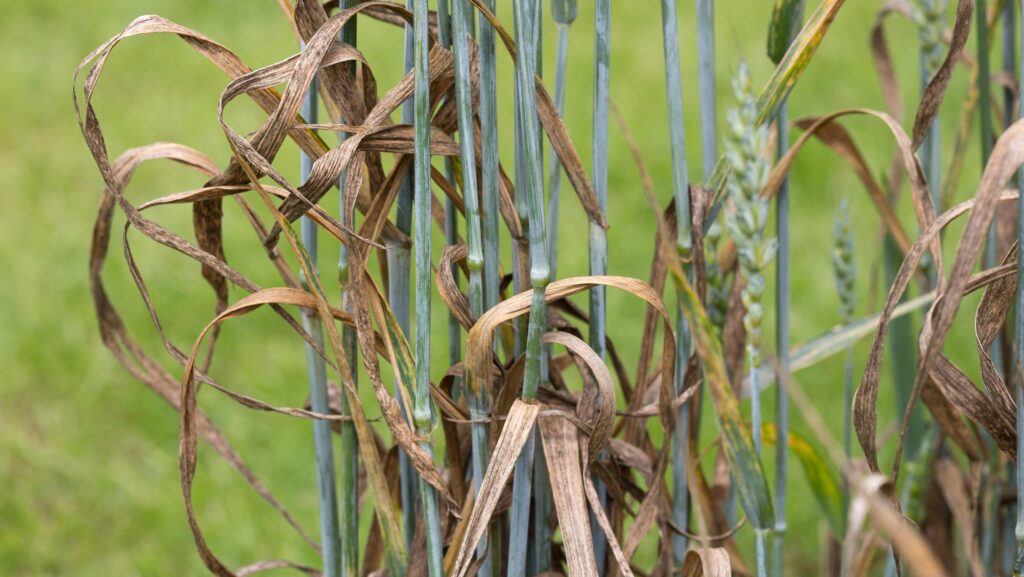Fungicide project worth over £800,000 secured for three years
 © Tim Scrivener
© Tim Scrivener The AHDB has given more than £800,000 to scientific research to deliver independent fungicide efficacy data for key diseases of wheat, barley and oilseed rape.
The fungicide performance project will deliver information on the relative performance of fungicides for major foliar and ear/pod diseases over the next three years.
The results can be used to build commercial fungicide programmes, based on mixtures of active ingredients and products appropriate to the local disease-threat profile.
See also: Top UK egg producer shares why harvest remains special
The project is one of AHDB’s largest after the Recommended Lists (RL) for cereals and oilseeds.
AHDB crop scientist Georgia Hassell, who manages the fungicide project, explains how the project has seen several iterations.
“The first dose-response curves were published in 1996.
“In 2015, we united the trial series for wheat, barley and oilseed rape within a single programme that continues today,” she says.
In its application for the work, the project consortium, which includes Adas, Harper Adams University, Niab and Scotland’s Rural College (SRUC), demonstrated unrivalled resilience in the management of the extensive network of efficacy trials required to generate robust fungicide performance data.
The fungicide performance trials are in areas expected to produce high disease pressure for the target disease, with sites located across England and Scotland.
Disease targets
- Wheat: Septoria tritici (six sites), brown rust (one site), fusarium head blight (one site) and yellow rust (one site)
- Barley: Net blotch (two sites), ramularia (one site) and rhynchosporium (two site)
- Oilseed rape: Light leaf spot (two sites) and phoma stem canker (two sites)
The consortium works closely with Teagasc (Agriculture and Food Development Authority) in the Republic of Ireland to share dose-response data.
The project also provides a long-term resource to monitor trends in the performance of products and active ingredients.
This includes the rapid decline of strobilurin fungicides in the early 2000s, the relatively slow decline in azole activity over several years and recent changes in SDHI activity.
The latest data, as well as historic data for other diseases (for example, barley powdery mildew and oilseed rape sclerotinia), is available online.

